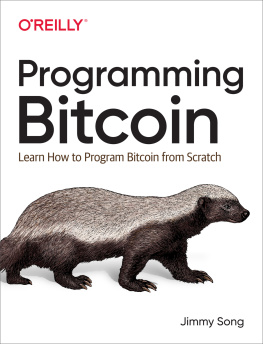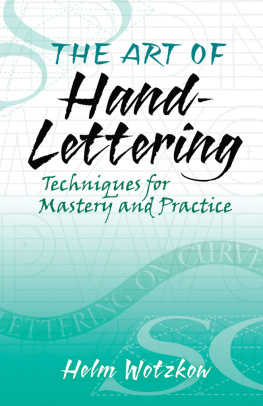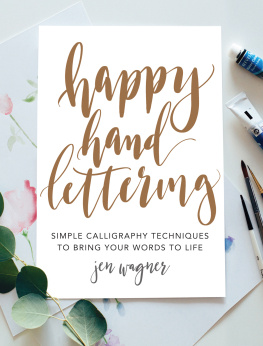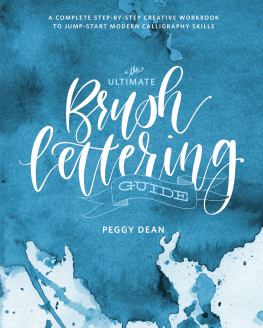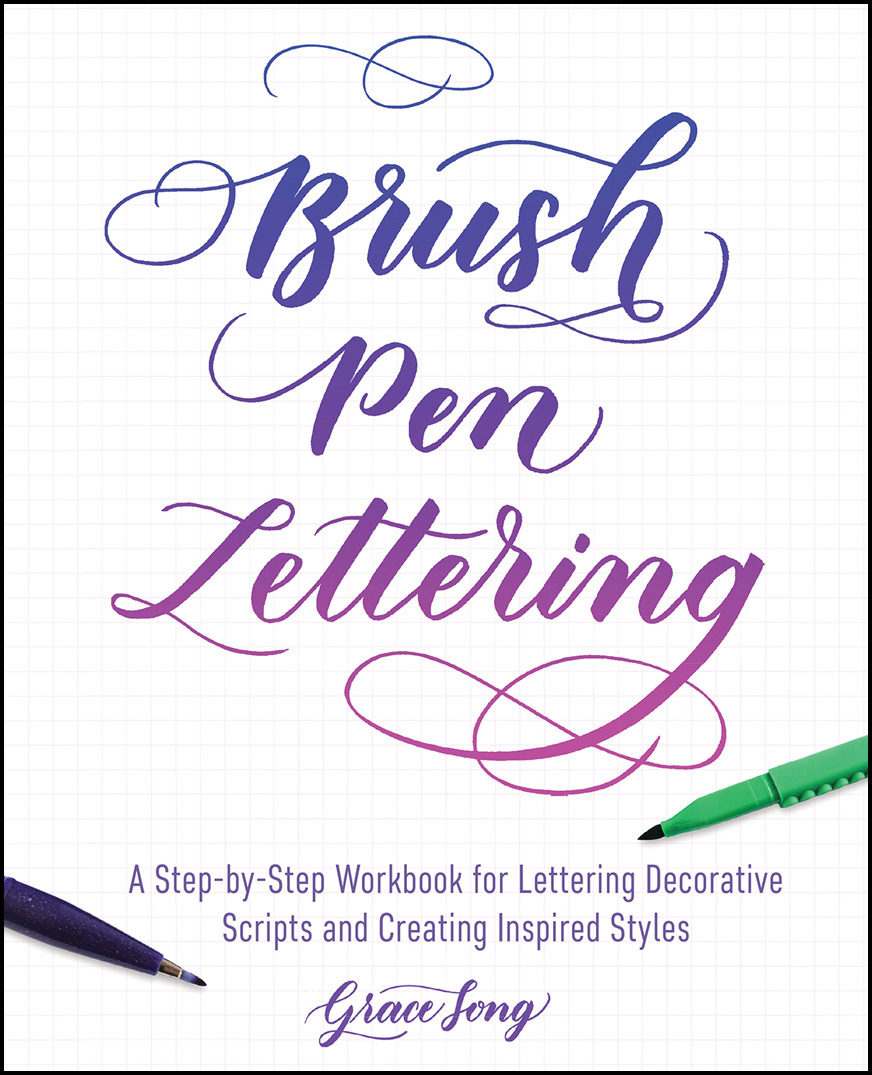
Text and photographs copyright 2017 Grace Song. Design and concept copyright 2017 Ulysses Press and its licensors. All rights reserved. Any unauthorized duplication in whole or in part or dissemination of this edition by any means (including but not limited to photocopying, electronic devices, digital versions, and the Internet) will be prosecuted to the fullest extent of the law.
Published in the United States by:
Ulysses Press
P.O. Box 3440
Berkeley, CA 94703
www.ulyssespress.com
ISBN: 978-1-61243-689-0
10 9 8 7 6 5 4 3 2 1
Acquisitions: Bridget Thoreson
Managing editor: Claire Chun
Editor: Renee Rutledge
Proofreader: Lauren Harrison
Front cover design: Ashley Prine
Cover art: Grace Song; background grid binik/shutterstock.com
Interior design: what!design @ whatweb.com
Layout: Jake Flaherty
Distributed by Publishers Group West
NOTE TO READERS: This book is independently authored and published and no sponsorship or endorsement of this book by, and no affiliation with, any trademarked brands or other products mentioned within is claimed or suggested. All trademarks that appear in this book belong to their respective owners and are used here for informational purposes only. The author and publisher encourage readers to patronize the quality brands mentioned in this book.
Table of Contents
Guide
Contents
Lettering is the art of drawing letters using multiple strokes. Brush pen lettering is the art of drawing letters specifically using pens with a flexible brush tip. If you have always been interested in lettering but do not know where to start, then youre in the right place. This book serves as a comprehensive how-to guide for beginners.
Often people have the misconception that one must have good handwriting skills to also be good at lettering. This is certainly not the case. Although good handwriting may provide you with a good basis for learning lettering, it is certainly not a prerequisite. Lettering is not writing; it is the drawing of letters. So, with help building a strong foundation of basic strokes that are combined to make letterforms (letter shapes) and coupling that with study and consistent practice, you can definitely make your way into this fantastic world of lettering.
This how-to guide will help you get started with everything from choosing supplies to holding the pen to learning basic strokes that are foundational to your lettering journey. From there, you will learn how to combine these basic strokes to make letterforms, improve your consistency, and make progress. Next, the guide will show you simple ways to change the look of your letterforms, providing a basis for developing your own style. Finally, you can apply everything that you learn by delving into DIY projects that are both fun and approachable.
In a world gone digital, lettering provides the perfect hand-drawn, organic element to any design, whether it be snail mail, a custom quote for a loved one, or a company logo. The act of lettering also nurtures the creative facet of your soul and allows you to develop at your own pace. Lettering has provided so much joy in my life and my hope is that it can provide joy in yours, too.
Lets get started, shall we?

The great thing about brush pen calligraphy is that you only need a few tools and supplies to get started. By using the right tools and supplies at the beginning of and throughout your lettering journey, you will experience more success and less frustration along the way. As you gain experience, you can explore a wider variety of brush pens and other tools.
Brush Pens
When it comes to brush pens, there are three different types of tips: natural hair, synthetic hair, and felt. In general, the felt tip brush pens are best for beginners because their marker-like tips are firmer. You will have more control over firmer tips, and they will lead to more predictable results. Natural and synthetic hair tips are more flexible and require more practice to get used to. Regardless of the type of tip, all are flexible and respond to different pressures, thus creating varying stroke widths.
Though brush pens with felt tips are recommended for the beginner, there is no right or wrong brush pen to start learning with. It depends on personal preference, how heavy-handed you are, and how widely a brush pen is available. It is important to be aware that not all brush pens are created equal, so if you start off with one, give it an honest try, and are still having a difficult time with it, try another. Dont be afraid to experiment and find the brush pen that is just right for you.
Lets take some time getting to know some large- and small-tipped brush pens with felt tips. The size of the tip generally determines the scale of lettering that can be produced. Thus, large-tipped brush pens are suitable for large-scale lettering and small-tipped brush pens are suitable for smaller scale lettering.

Regardless of tip size, all the brush pens described here are widely used and loved among hand letterers and are enjoyed by both beginners and those with more experience. This list is certainly not exhaustive but is a great starting point.
Large Tips
Tombow Dual Brush Pen: This pen is fitted with a brush tip on one end of a long body and a bullet tip on the other end. This large and flexible brush tip is used to create a variety of shapes and strokes with different widths. The bullet tip is stiff and can be used to form a monoline that only creates strokes of the same width. The brush tip will be the star in this guide. This is the brush pen that I started with and has continued to be a favorite.
Sakura Koi Coloring Brush Pen: This pen has a brush tip that, while flexible, is slightly stiffer than the tip of the Tombow Dual Brush Pen. The body of the pen is shorter in comparison and perhaps easier to hold.
Sakura Pigma Brush Pen: This pen has a brush tip that is firmer than its Koi Coloring cousin. It is only available in black and comes in three sizes: FB (fine), which is best for small-scale lettering; MB (medium); and BB (bold).
Artline Stix brush pen: This pen is like the Sakura Pigma Brush Pen in terms of flexibility. It has a brush tip that is firmer than the Tombow Dual Brush Pen and its body is shorter as well.
Ecoline Brush Pen: The Ecoline Brush Pen feels like the Artline Stix brush pen. It is highly pigmented and writes beautifully, giving way to very thick downstrokes.
Sharpie brush pen: The Sharpie brush pen has a flexible yet firm tip that a heavy-handed person may be partial to. Many brush pens have water-based inks that can be blended together like watercolor paints (see on pages 5661) but the ink of the Sharpie brush pen is permanent. It also bleeds through to the other side of your paper; this may be bothersome, especially if you would like to use the other side of your paper for practice as well.



